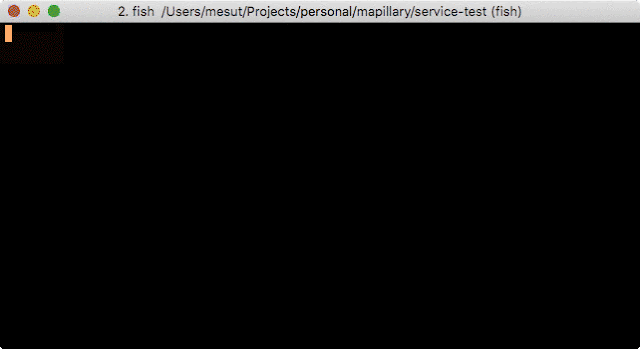

But we have not learnt about the second term ( Continuous delivery) that we used above. If we do not perform continuous integration "continuously" but occasionally we might not get in which build got failed and due to which issue. Jenkins does the same, it helps the developer and tester by continuous integration and continuously checking for the quality of the build. This helps the developers check the build if it is correct or not. Remember in the last tutorial we studied about the continuous integration which in short means every time your code is pushed to the repository, some tests case are automatically executed on the code. Jenkins integrates development life-cycle processes of all kinds, including build, document, test, package, stage, deploy, static analysis and much more.
#Postman newman documentation software#
With Jenkins, organizations can accelerate the software development process through automation. To get it in familiar terms that we studied, Jenkins uses continuous integration and continuous development for the development and deployment of the software and all this makes the work of a developer easy.

Jenkins is used to build and test you project continuously and hence making the work of a developer and a tester easy for the software. Jenkins is an open source automation server written in Java. Let's start with getting you familiar with it. Since we have discussed the first two elements, we will be focusing on Jenkins on the next few tutorials, so that we understand the benefits of Postman with Newman & Jenkins. This package helps to complete the circle of automated testing and deliver good quality software. Now Postman is not Postman but a package of Postman, Newman and Jenkins. Basically Postman is not just a software today. So in this tutorials we will be talking on Postman with Newman & Jenkins. For mastering completely in Postman we just need one more element to complete this course. In the series of Postman Tutorial we have learnt about Postman & Newman and their features.


 0 kommentar(er)
0 kommentar(er)
